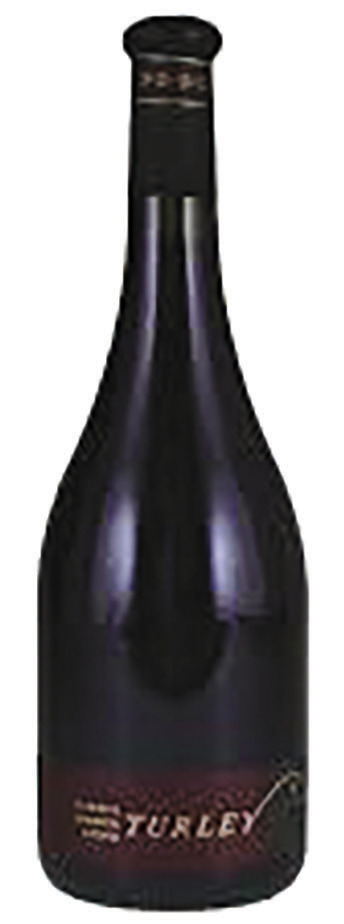Valentine’s Day is sneaking up on us again. If wine is your beverage of choice for this festive occasion, which wine will be worthy of gracing your table for a celebration with your favorite person?
In last year’s Valentine’s wine review, we spotlighted several different sparkling wines and that’s always an option. But for a change of pace, this year I’d like to introduce a bold red wine that’s perfect for the season. I’m talking about Red Zinfandel.
Red Zinfandel is the only grape variety that’s native to North America. Not to be confused with its baby cousin “white Zinfandel,” even though it’s made from the same genetic grape stock, white Zin is actually pinkish in color. It can range in taste from semisweet to sweet.
It was first created (by mistake) in 1975, by Bob Trinchero, a winemaker at Sutter Home Family Vineyards at the time, who was attempting to produce a wine similar to a popular one produced in Switzerland called “oeil de perdrix.” But that’s a story for another day.
Red Zinfandel is nothing like white Zin. Unlike its above-mentioned counterpart, it’s anything but sweet. It is bold, even spicy at times and depending on the specifics of where it’s grown, it can offer notes of red and black berries; think black and white pepper, raspberry, blueberries and blackberries.
California is where the majority of Zinfandel grapes are planted, covering about 10% of all vineyards in the state.
Zin was introduced into the U.S. from Italy during the 19th century. DNA testing shows it being genetically related to an Italian variety called Primitivo which is itself the offspring of a Croatian variety known as Tribidrag since the 15th century.
Enough history. There are many excellent brands of Red Zinfandel available on the market. One of my favorites is Turley.
Founded in 1993 by Larry Turley, the first vintage was released in 1998. Today, Turley produces about 50 different wines, mostly zinfandels and Petite Sirah. And yes, the correct spelling for Syrah is with a “y” but the traditional way to spell “Petite Sirah” (a totally different grape variety) is with an “i.”
The Napa Valley is regarded as one of California’s prime vine-growing areas but another region that gained a stellar reputation over the years for producing some of the best Zins is Lodi. Many of the Turley wines are grown from old vines and some of the best come from Lodi.
Take for example, the Kirschenmann Vineyard from Turley which is crafted from ungrafted vines that were planted in 1915. In addition, this vineyard is owned by Turley’s winemaker, Tegan Passalacqua.
Thanks to its privileged topographical location — which includes cooling effects from the nearby Mokelumne River as well as constant breezes from the delta — the vines are well protected from the heat and dry-farmed. In respect of age-honored old-vine field blends traditions, a small amount of Carignan, Cinsault and Mondeuse Noire, happily thrives among the rows of Zin. On the palate, expect to taste sandalwood and red fruits accompanied by muted notes of dust and roasted meats.
If you’ve never tried a Turley wine, I suggest you experiment with the Turley Juvenile, which is made from younger vines that have been replanted (6 to 25 years old), and which are selected from a cross section of several different vineyards.
Turley Juvenile is available on the wine list at Stout’s Signature at The Tobin Center.
Forward your wine questions to: Olivierthewineguy@ gmail.com








Comment
Comments